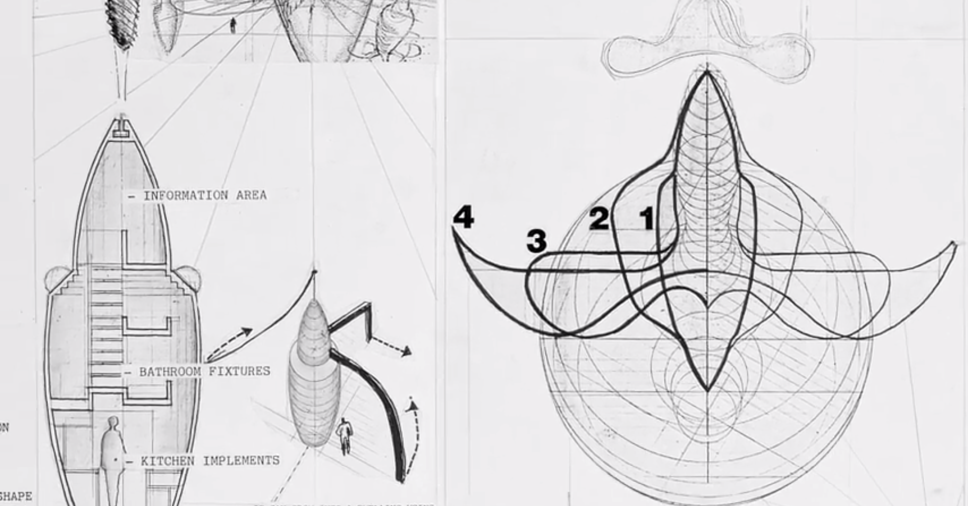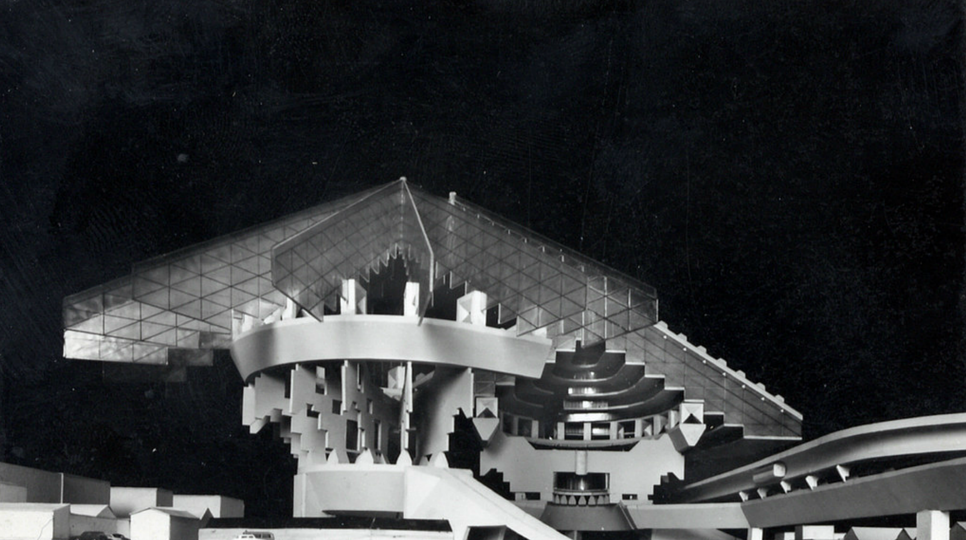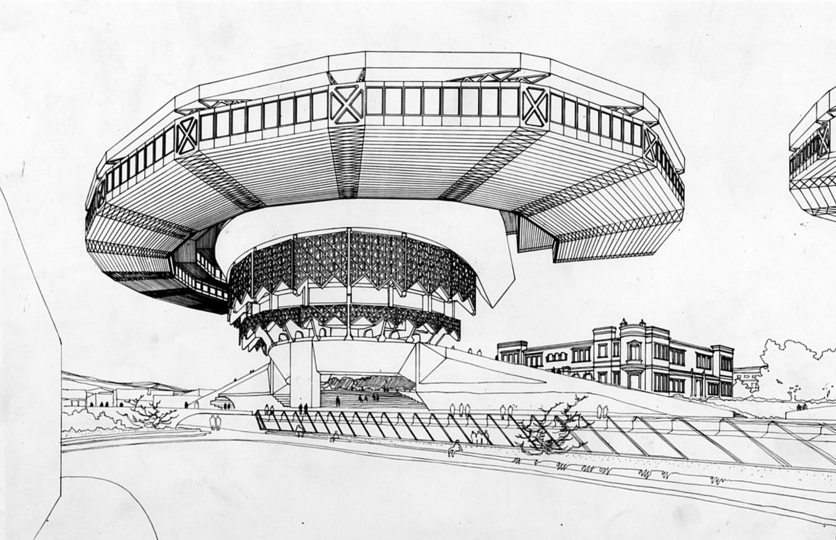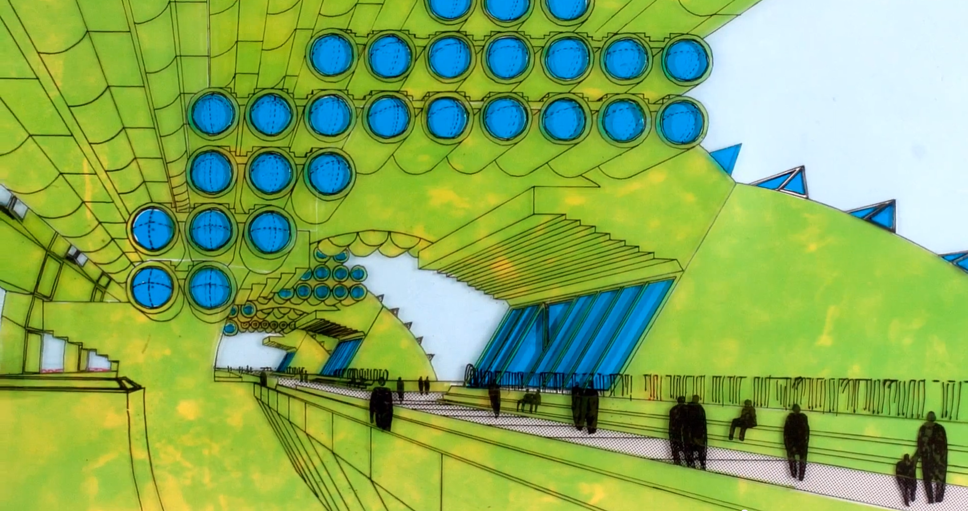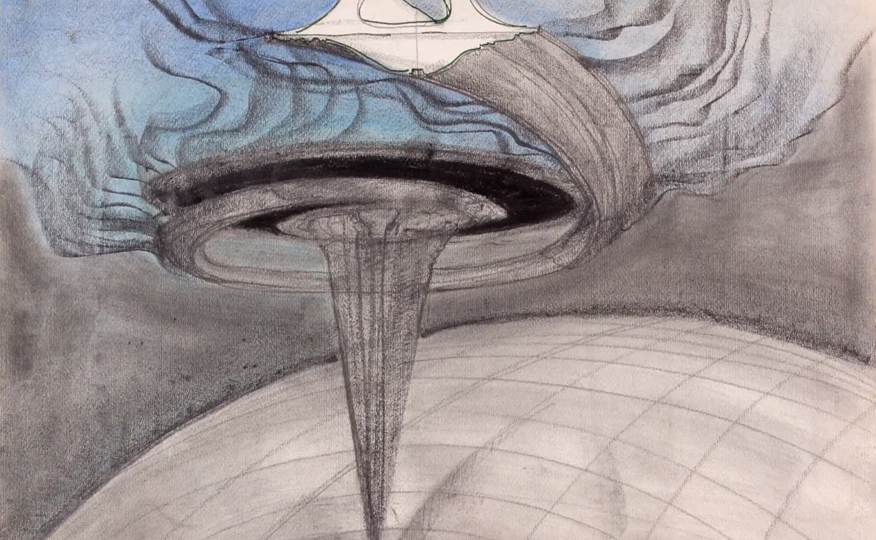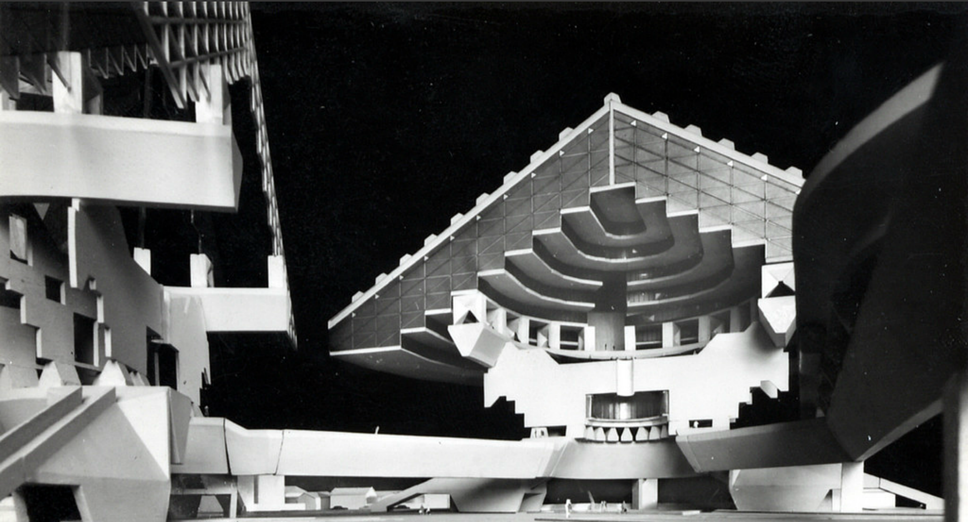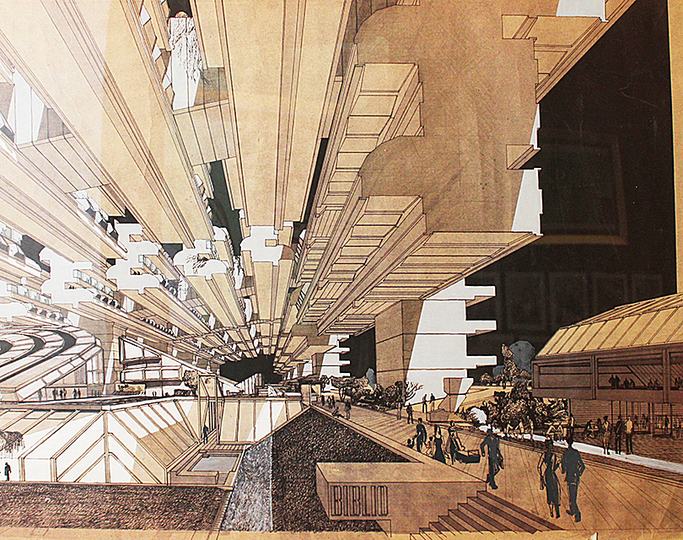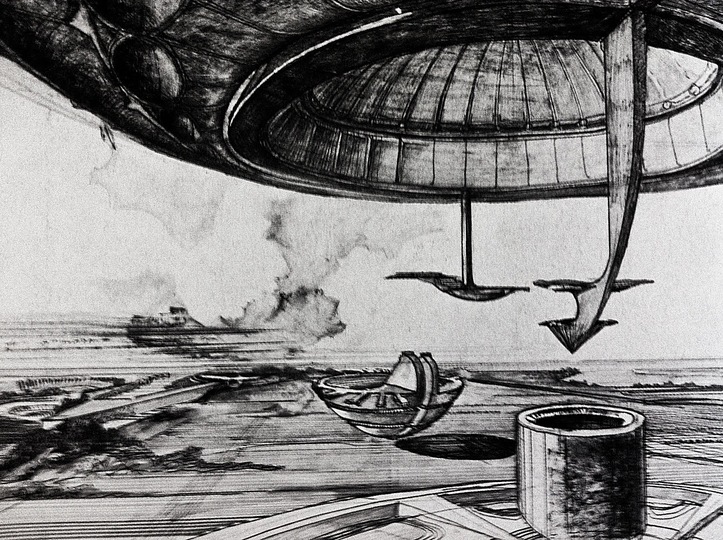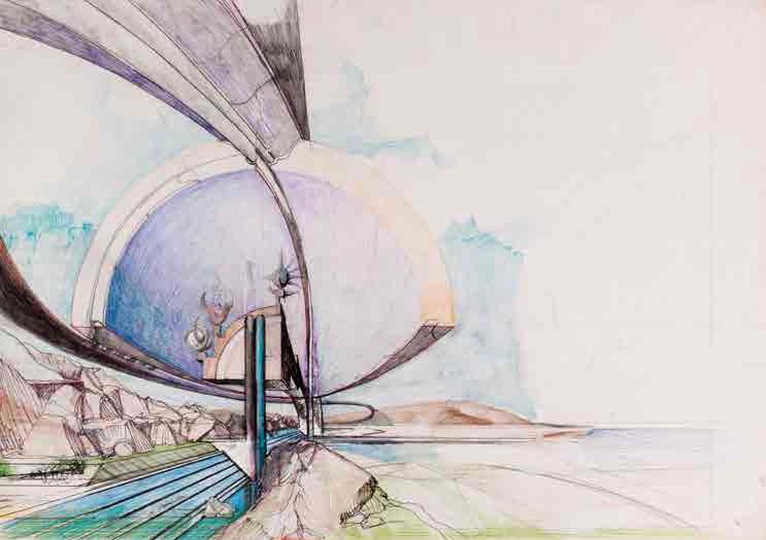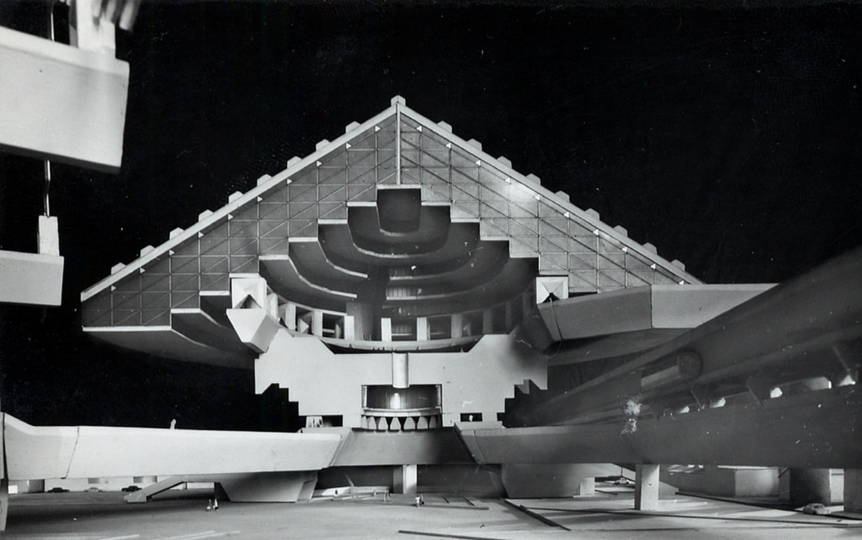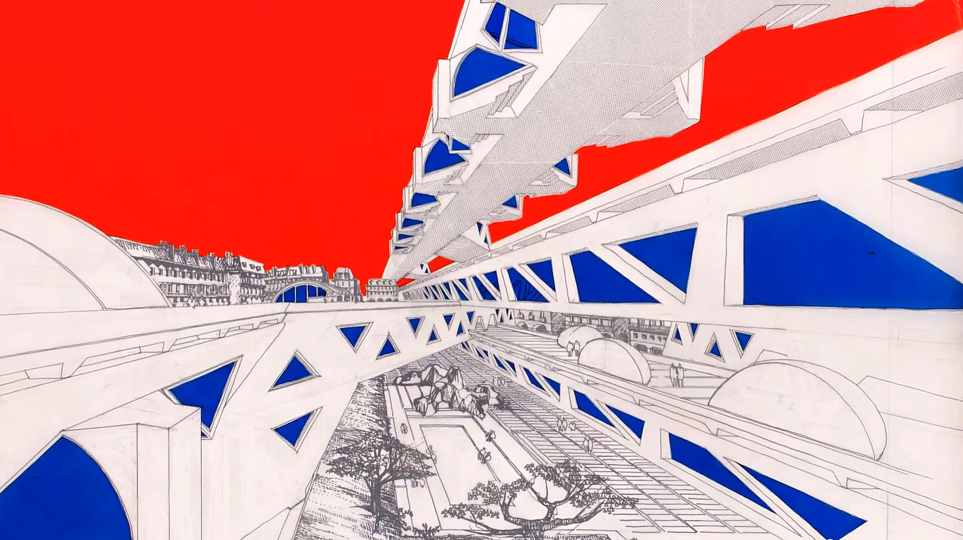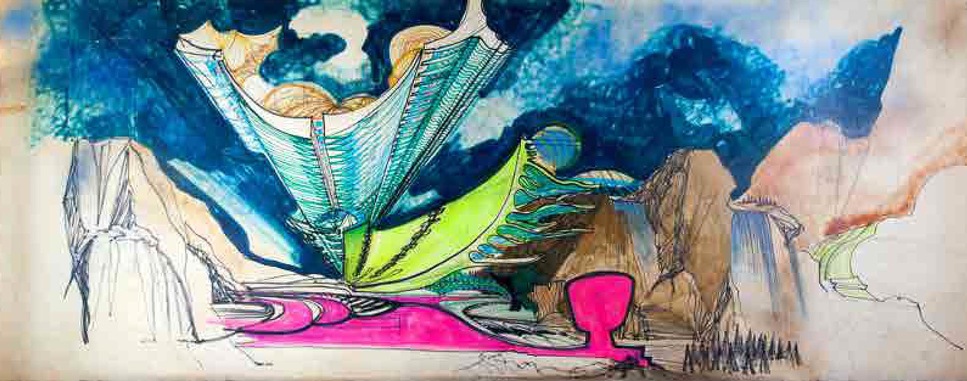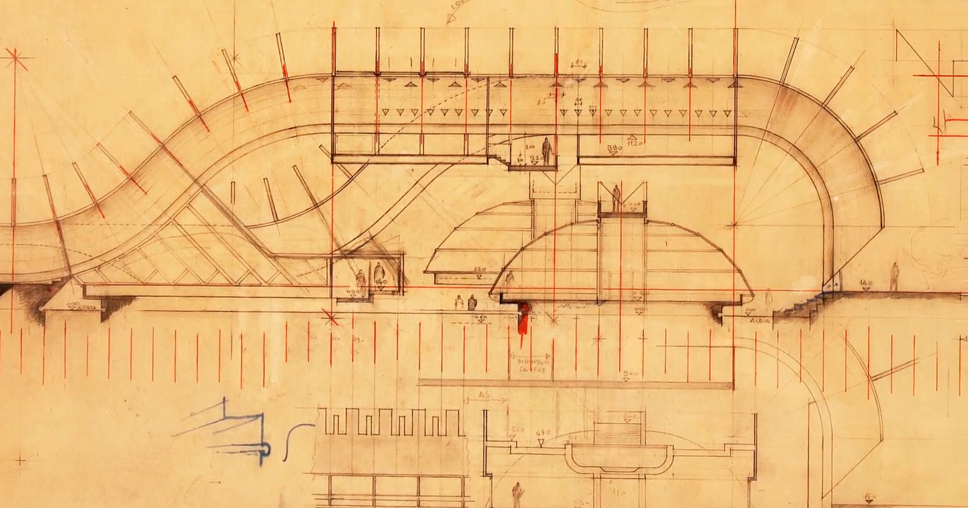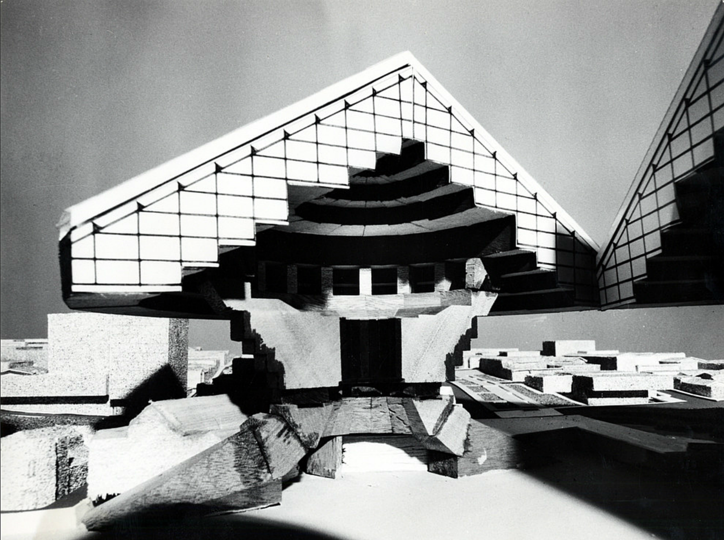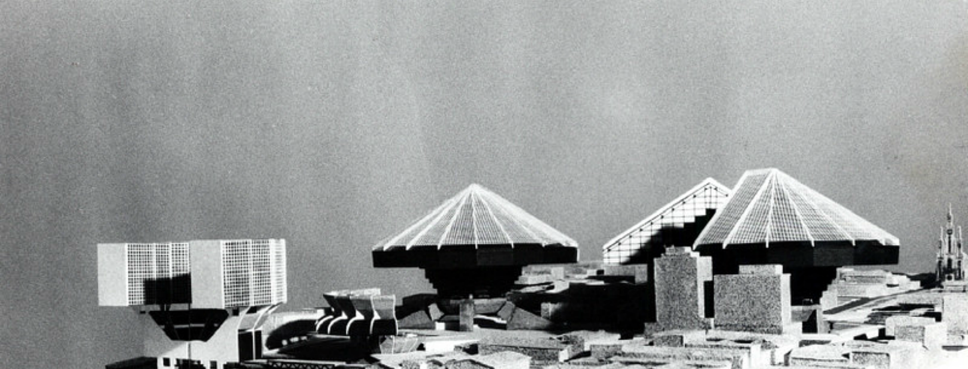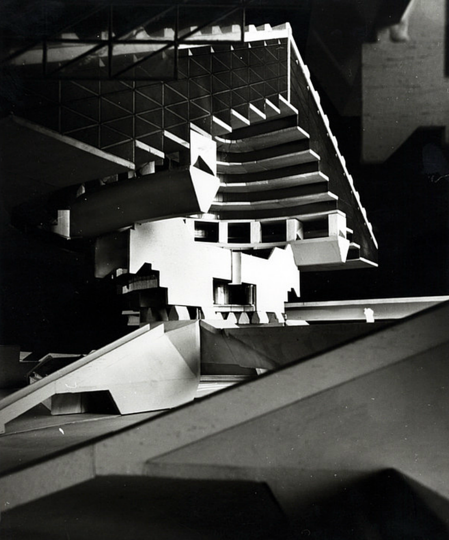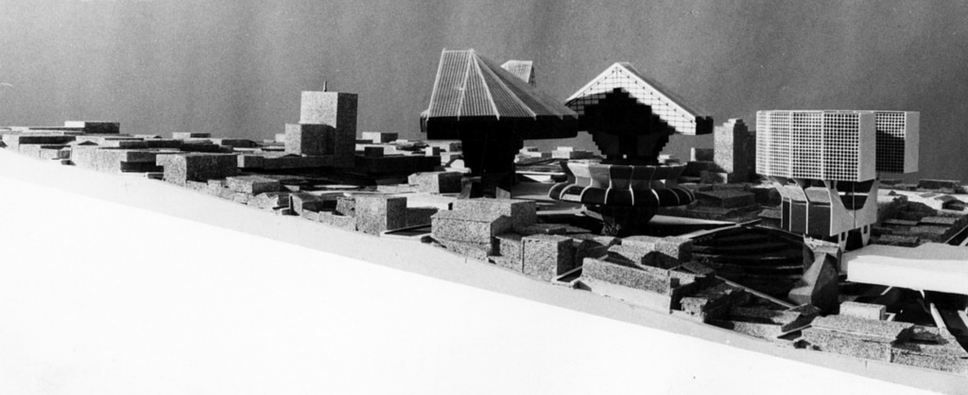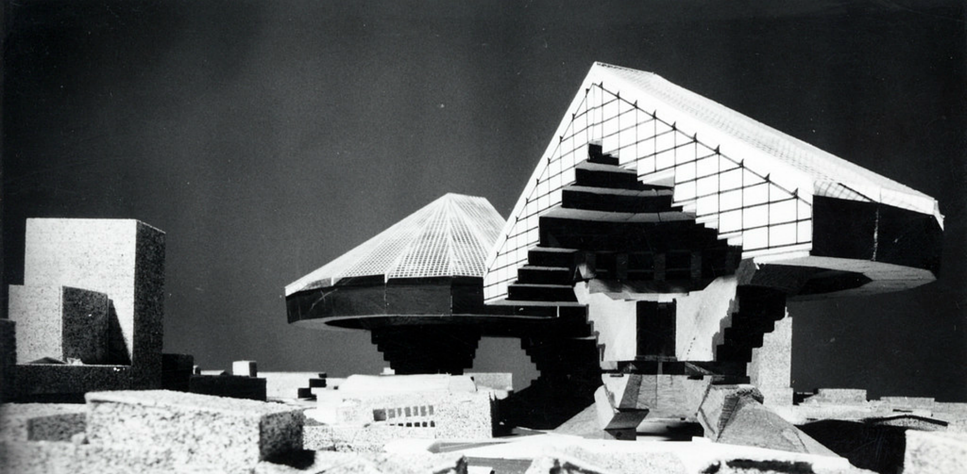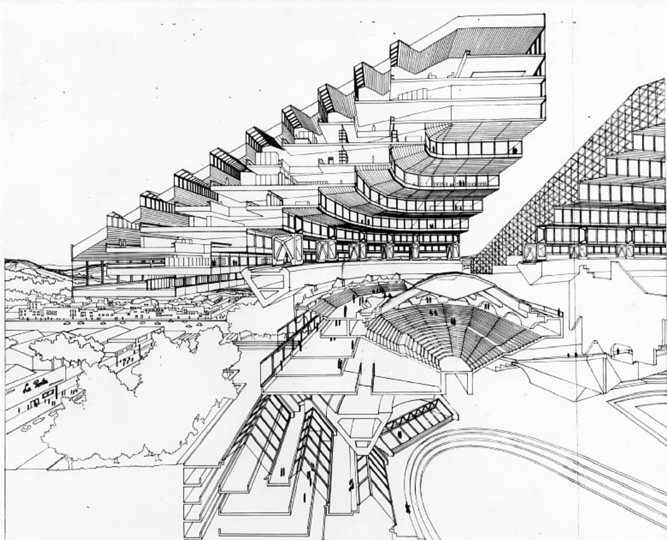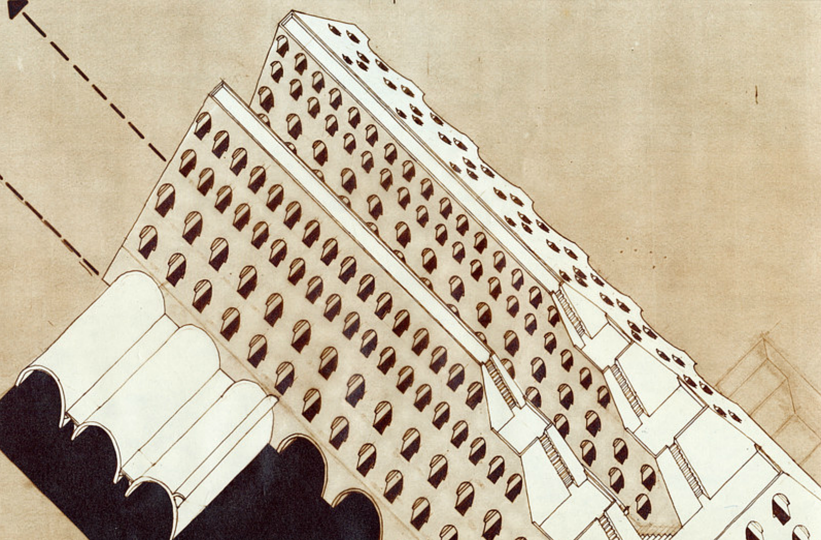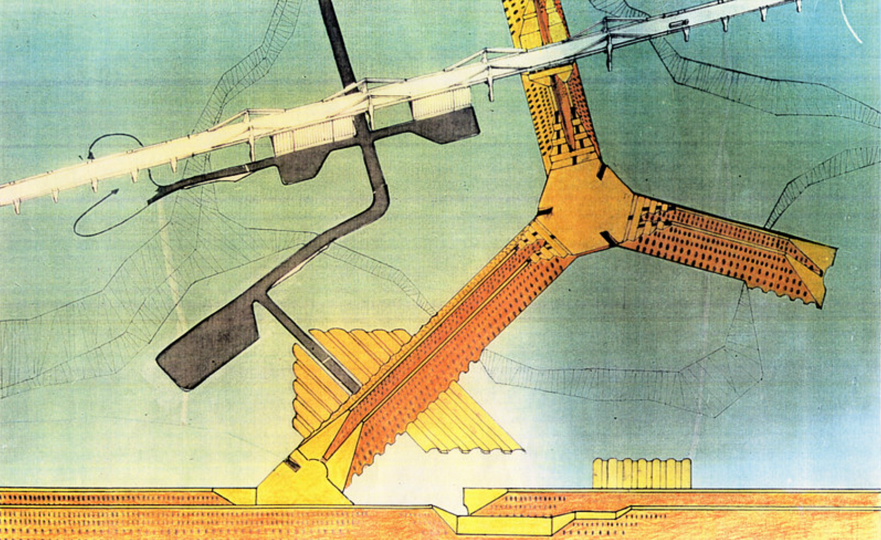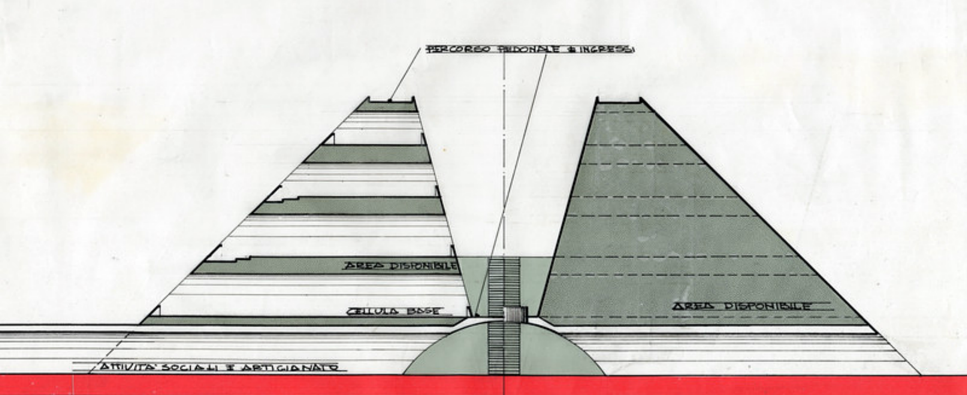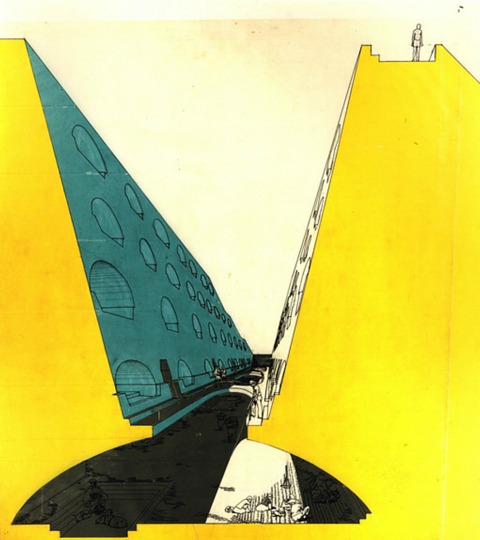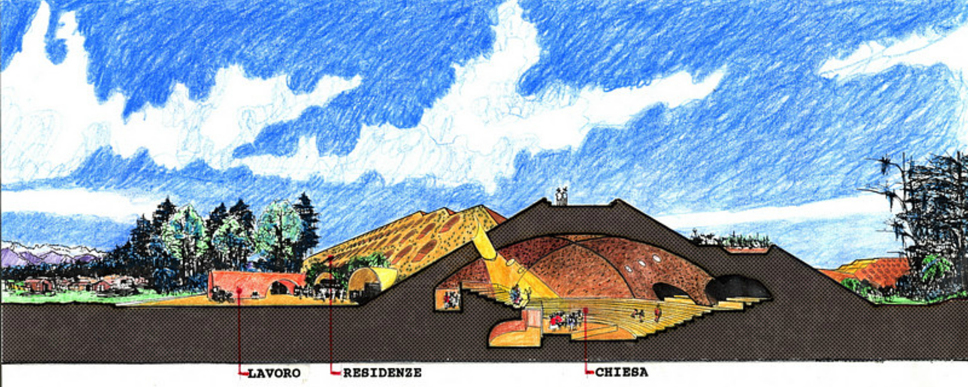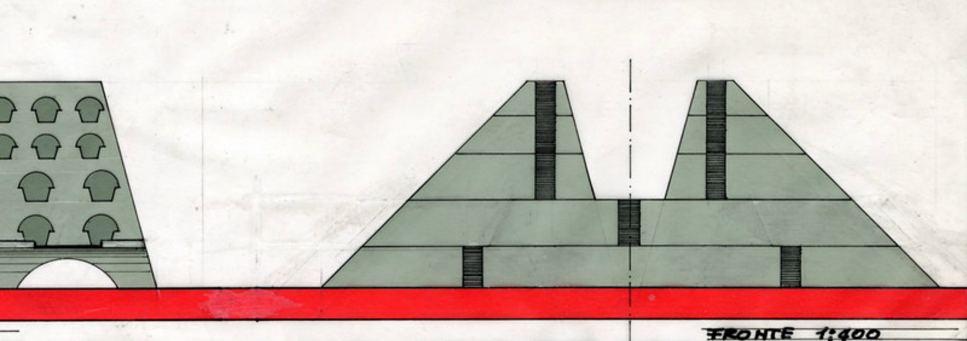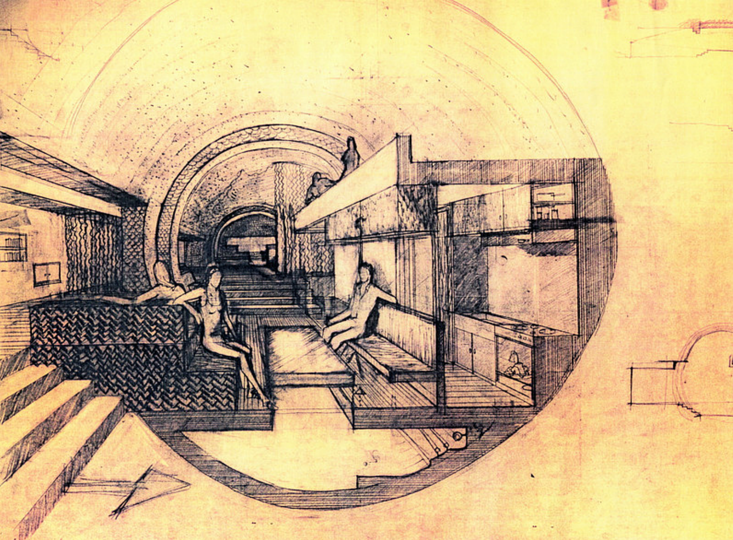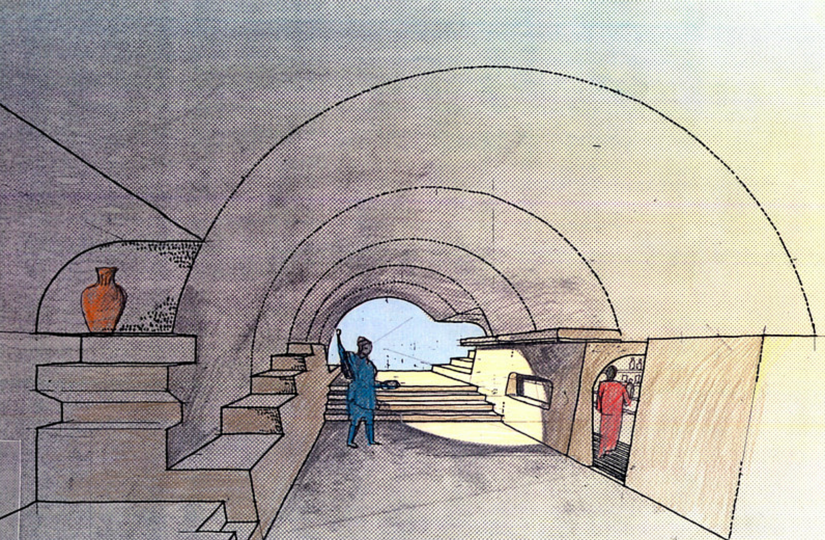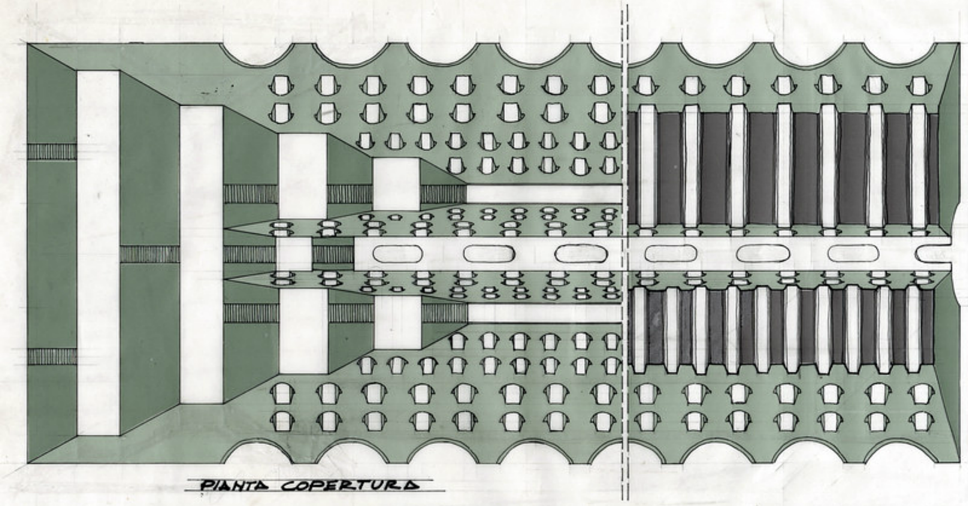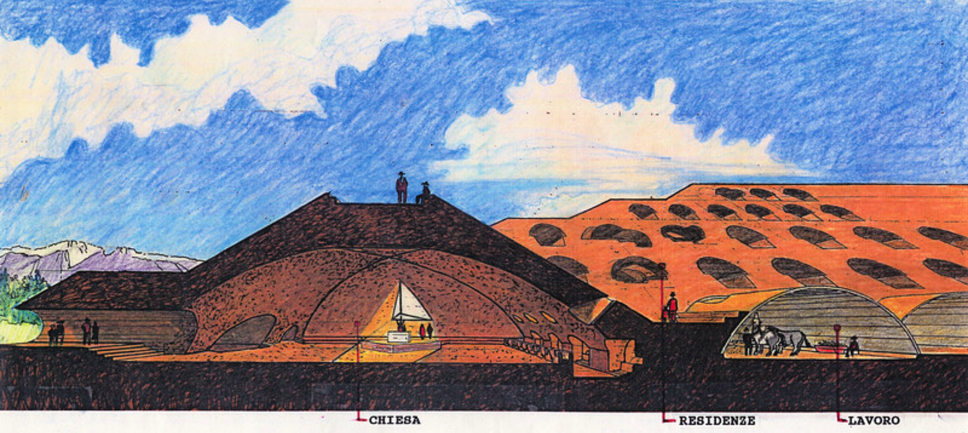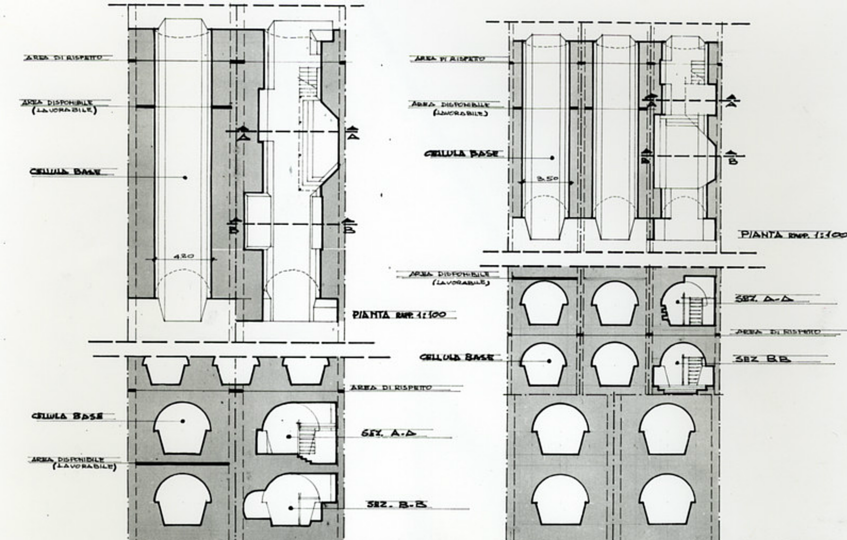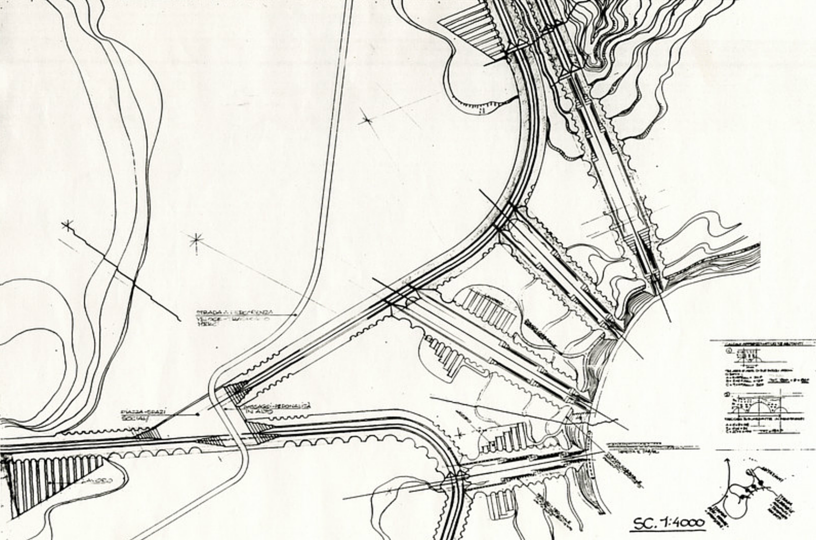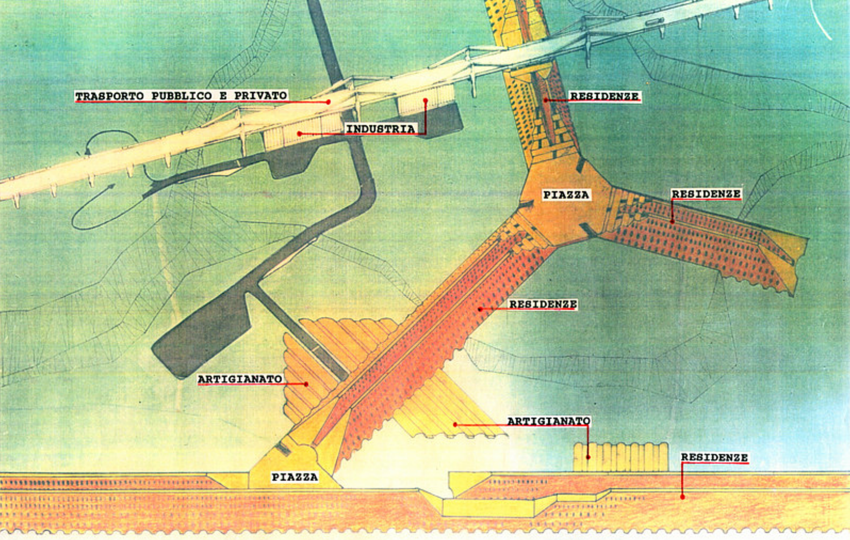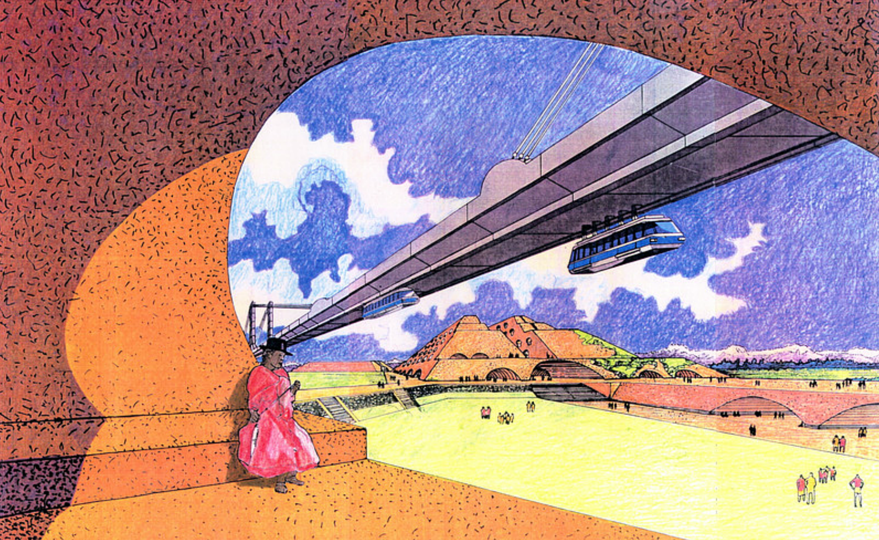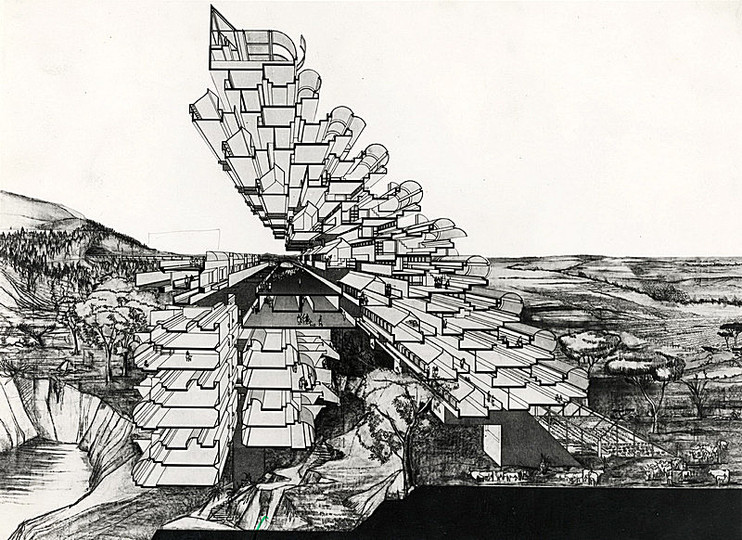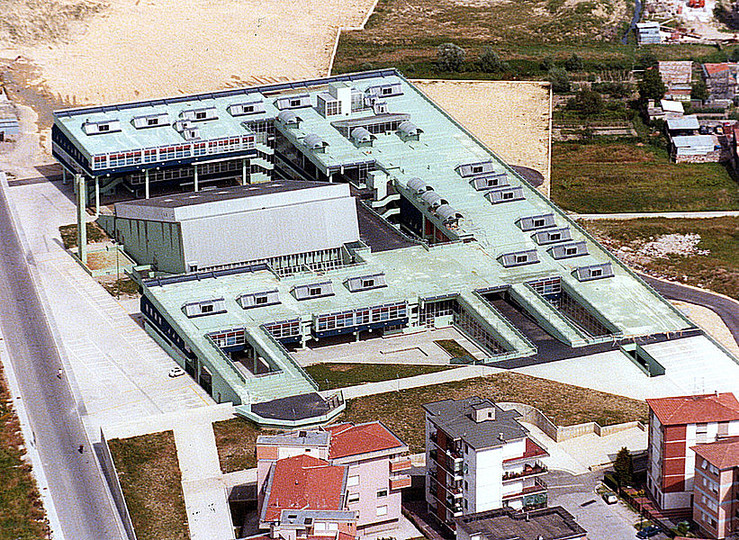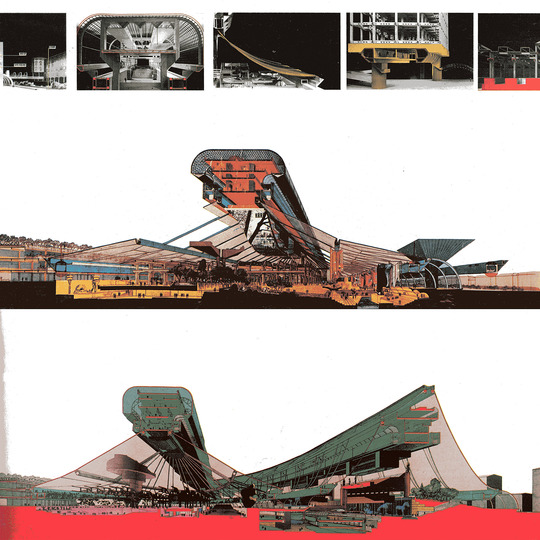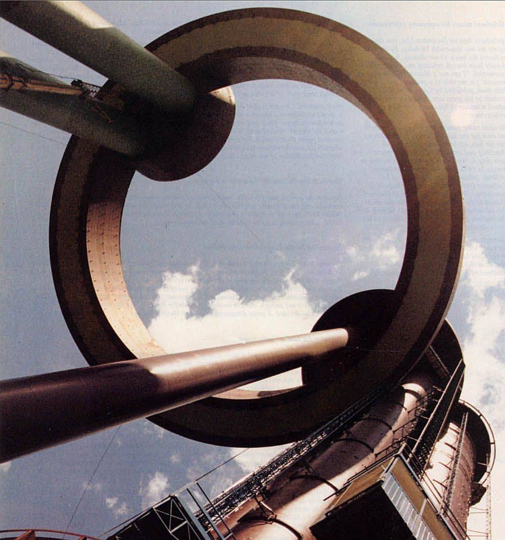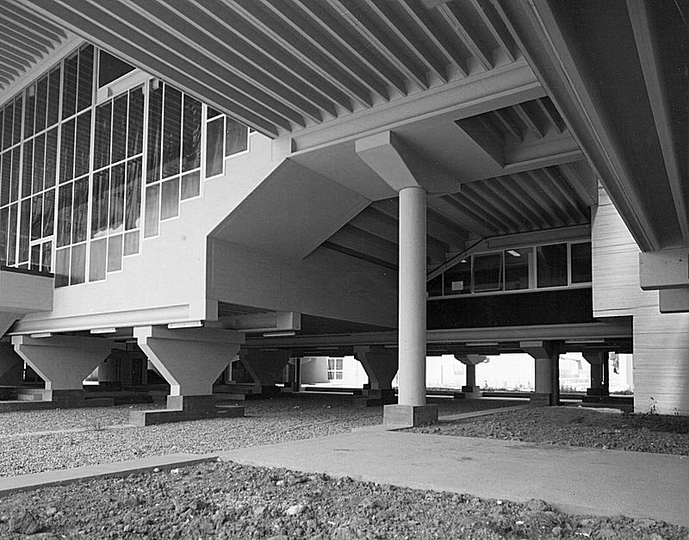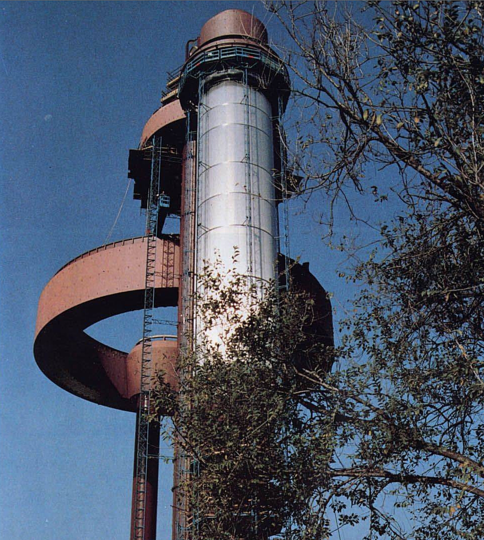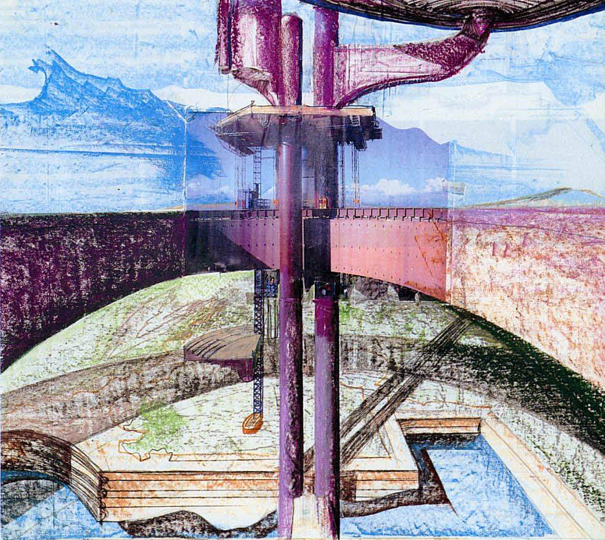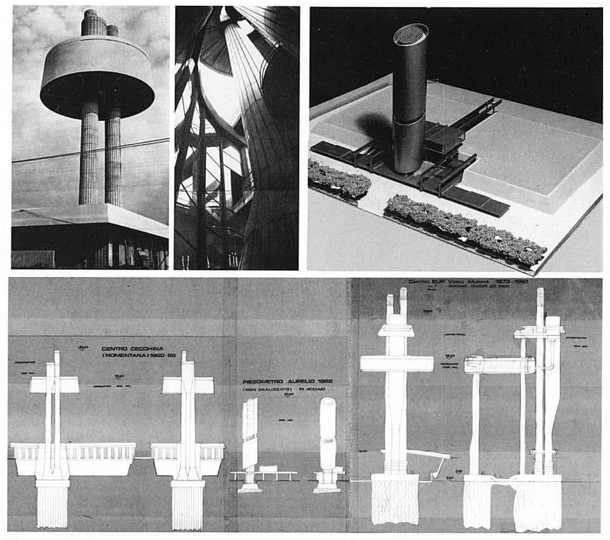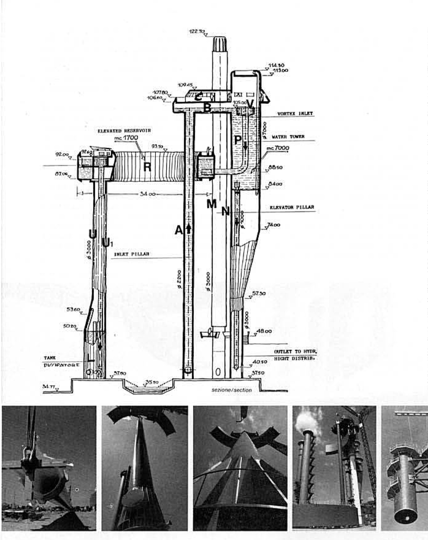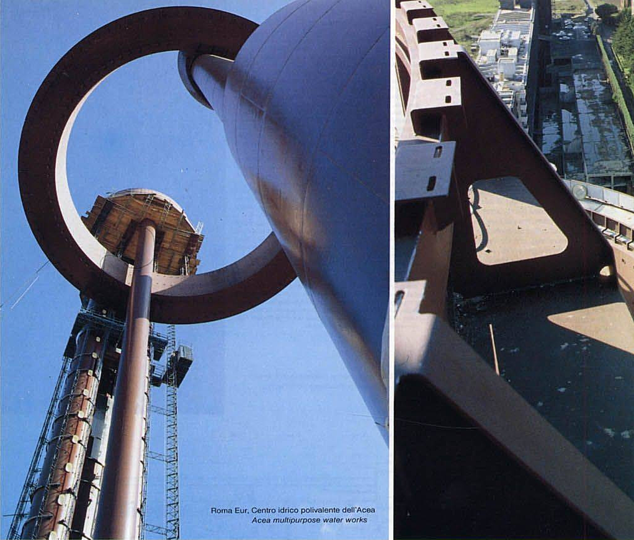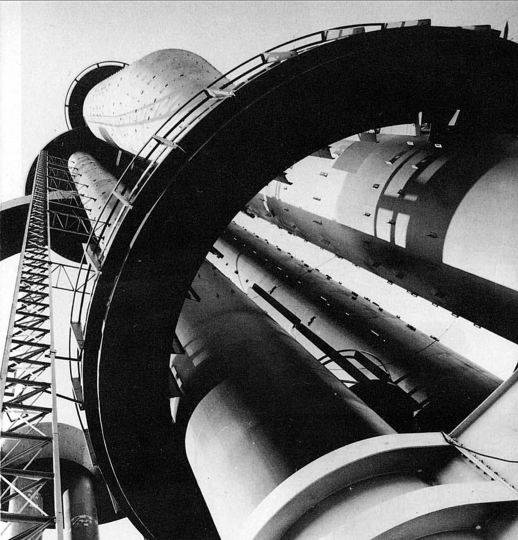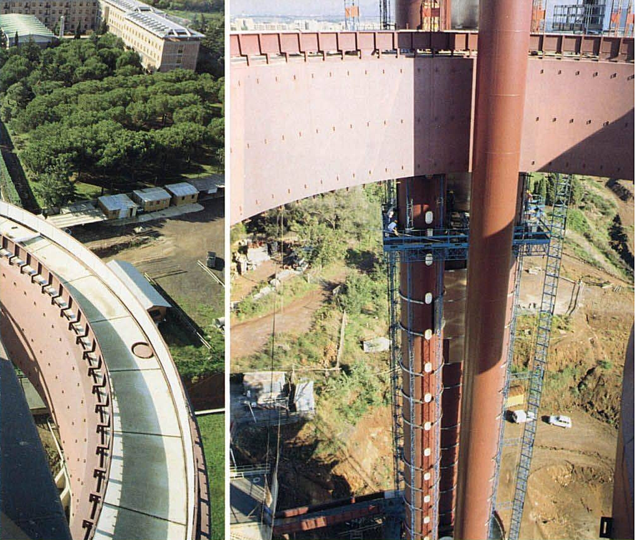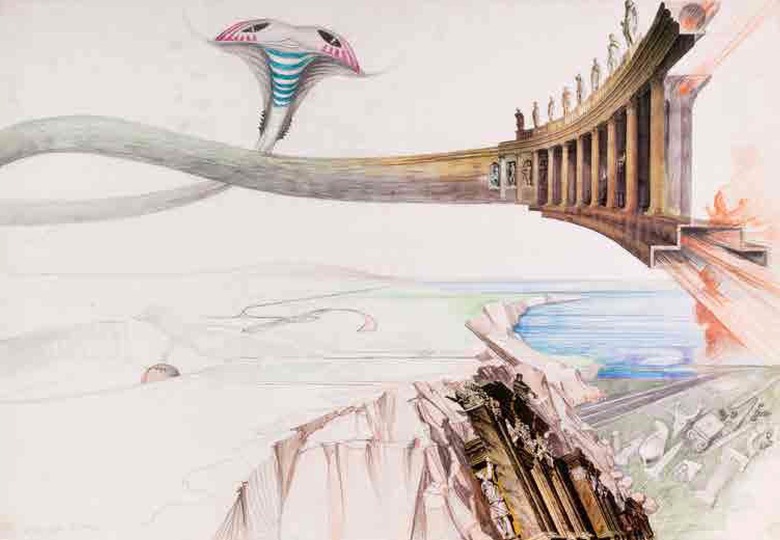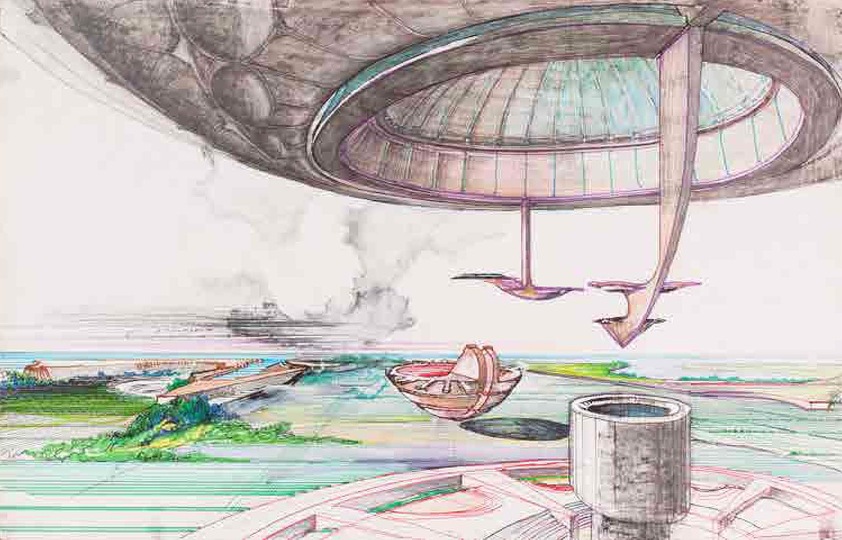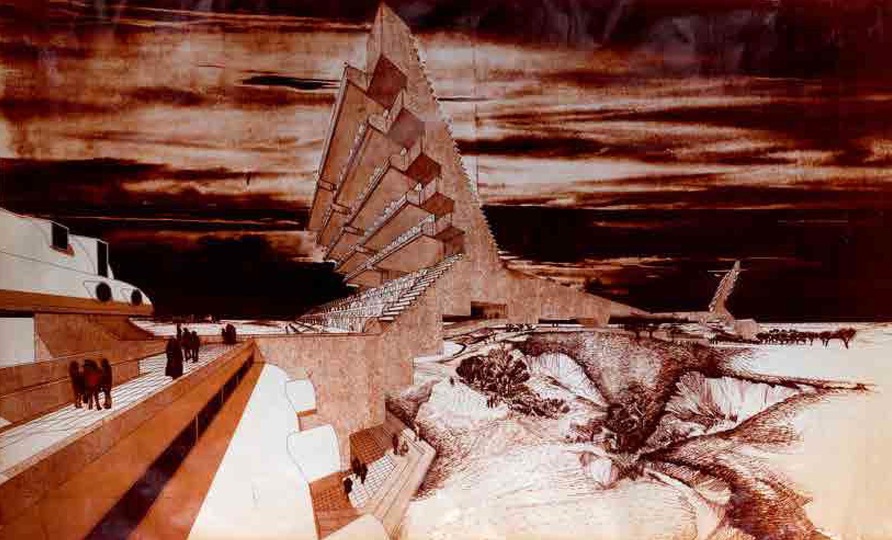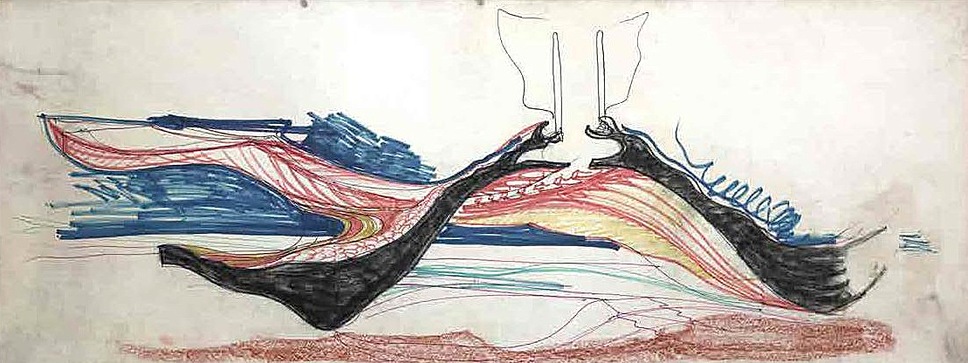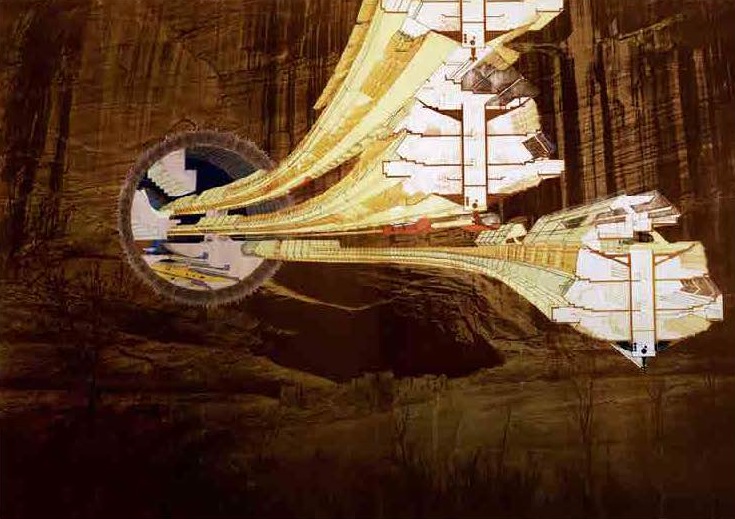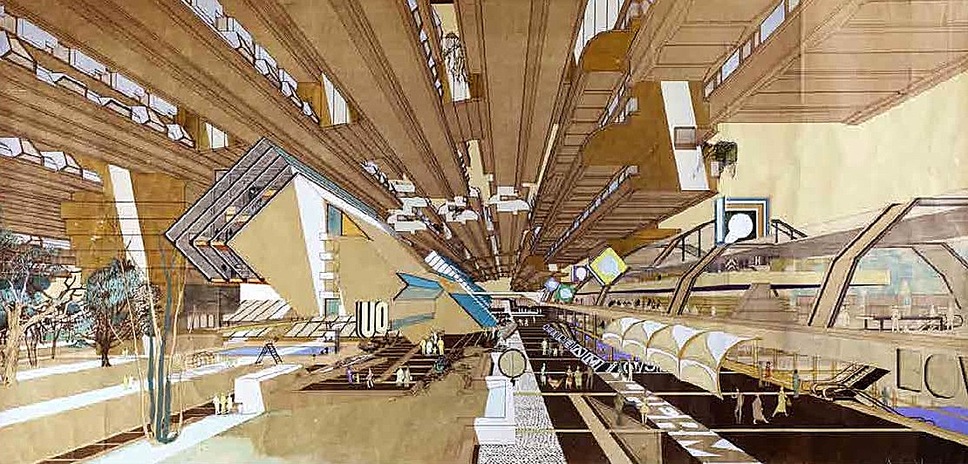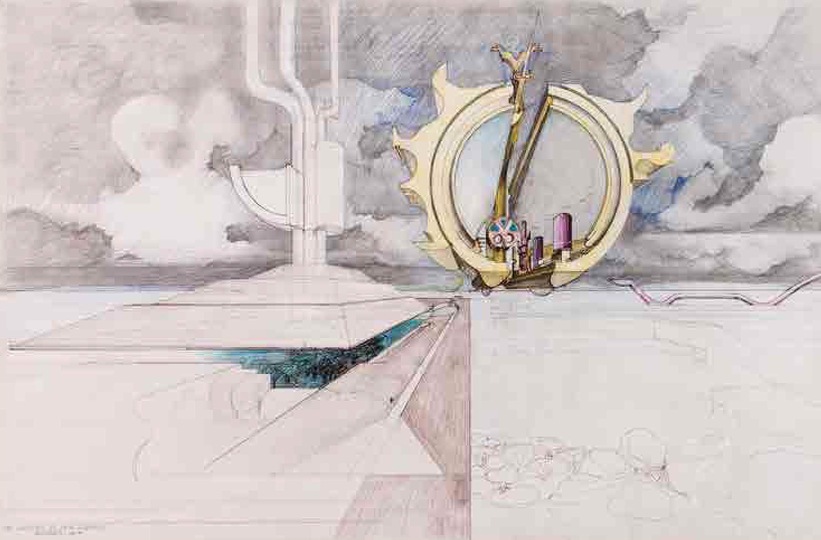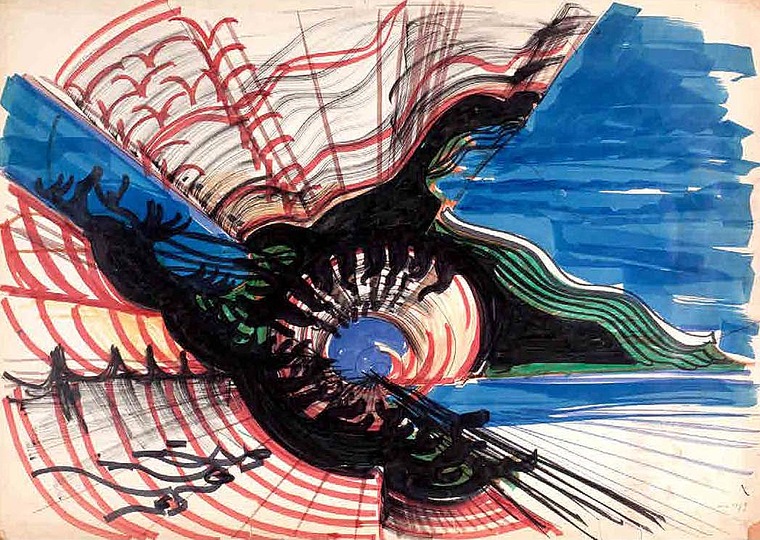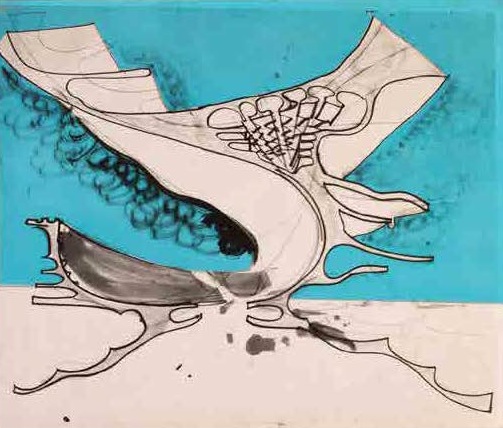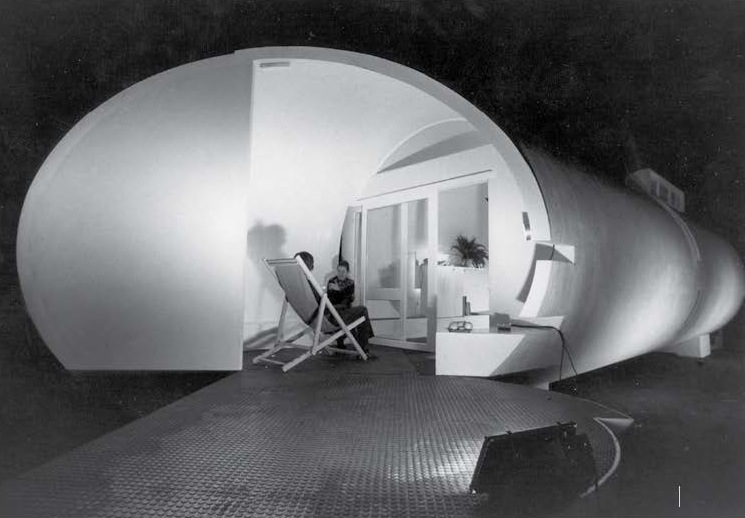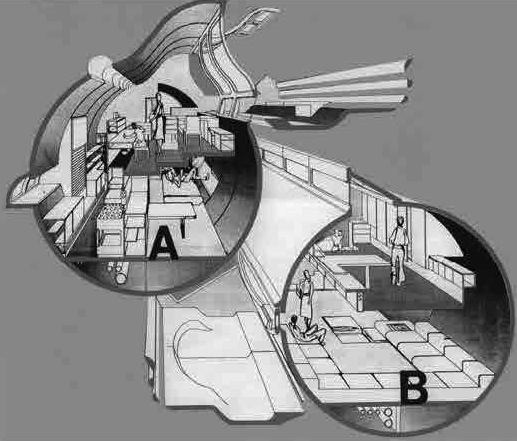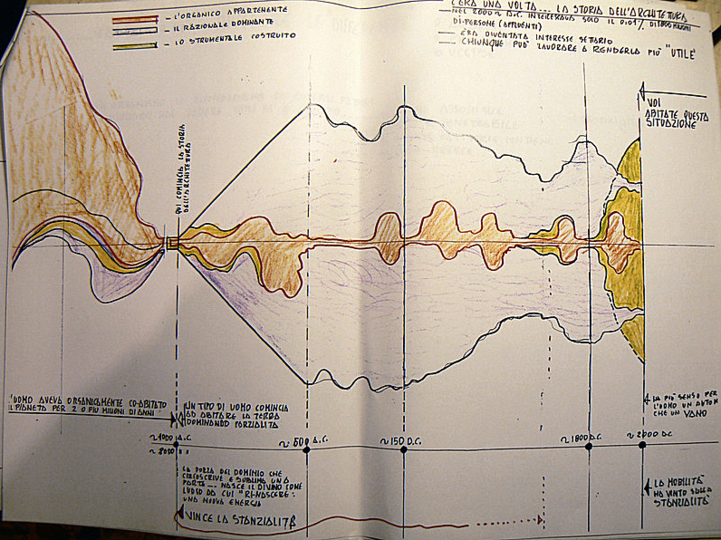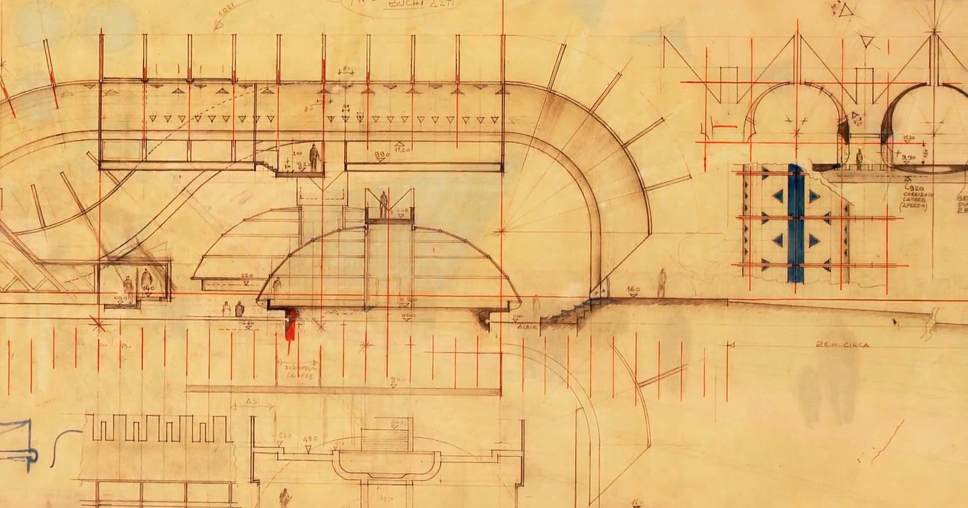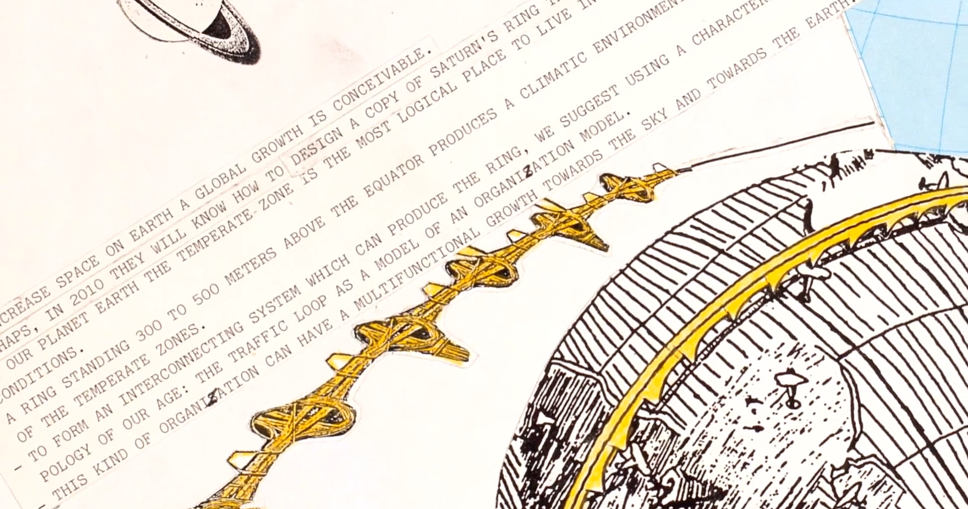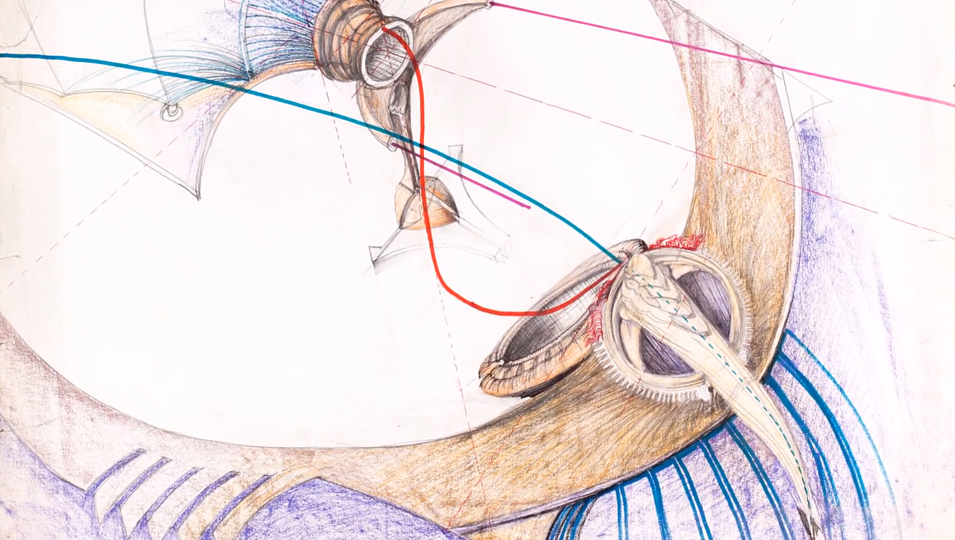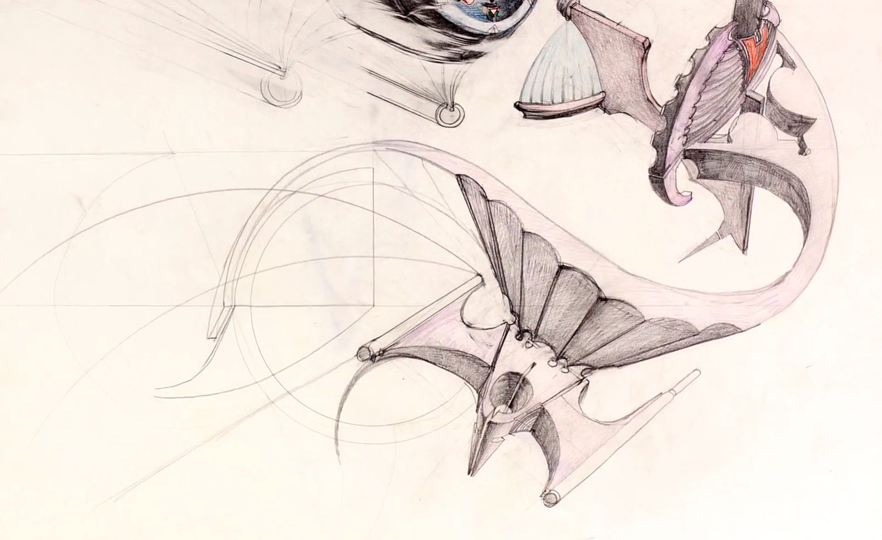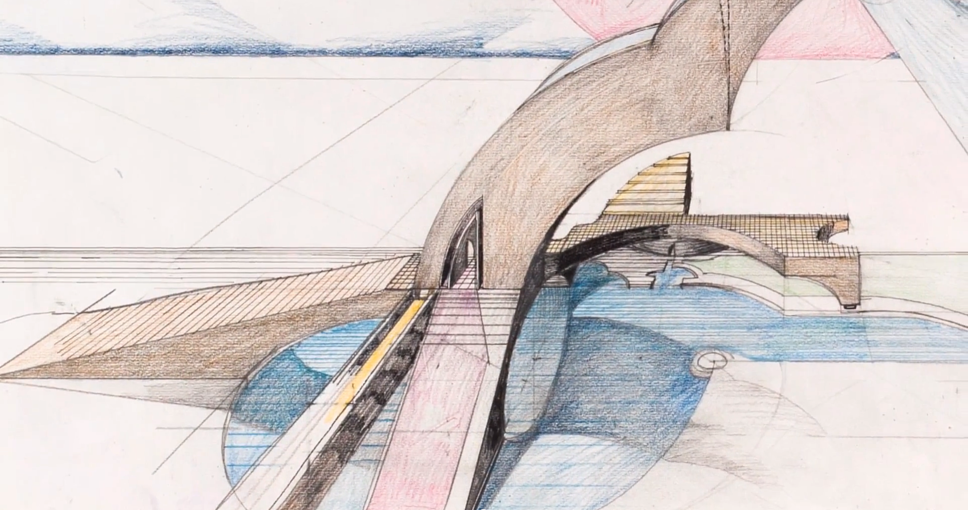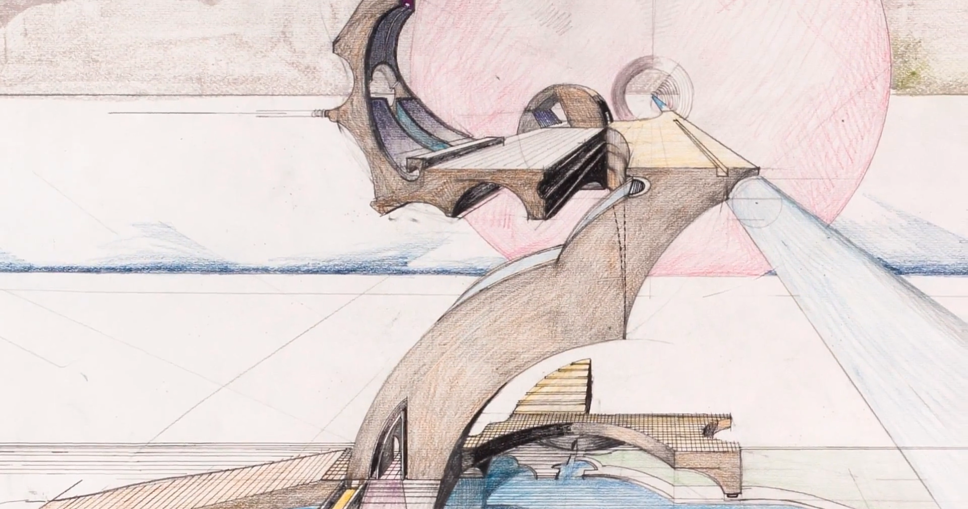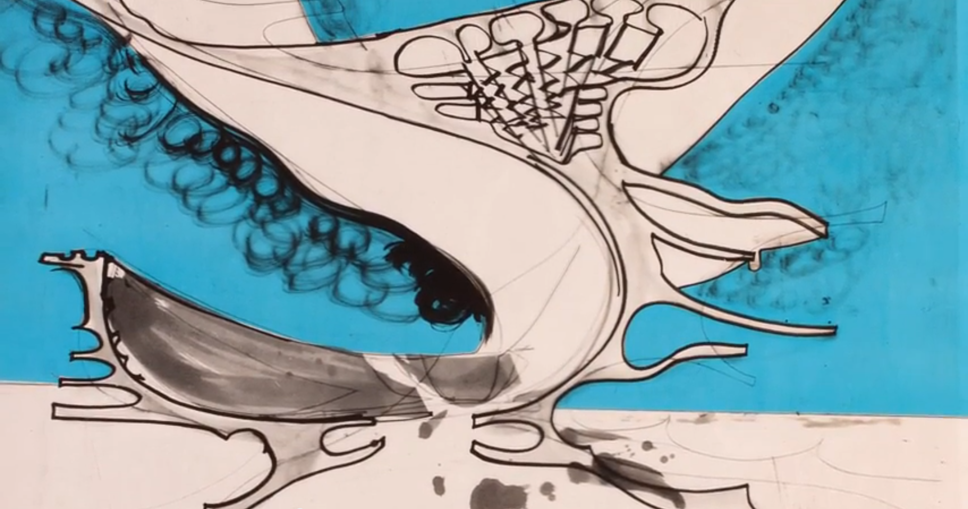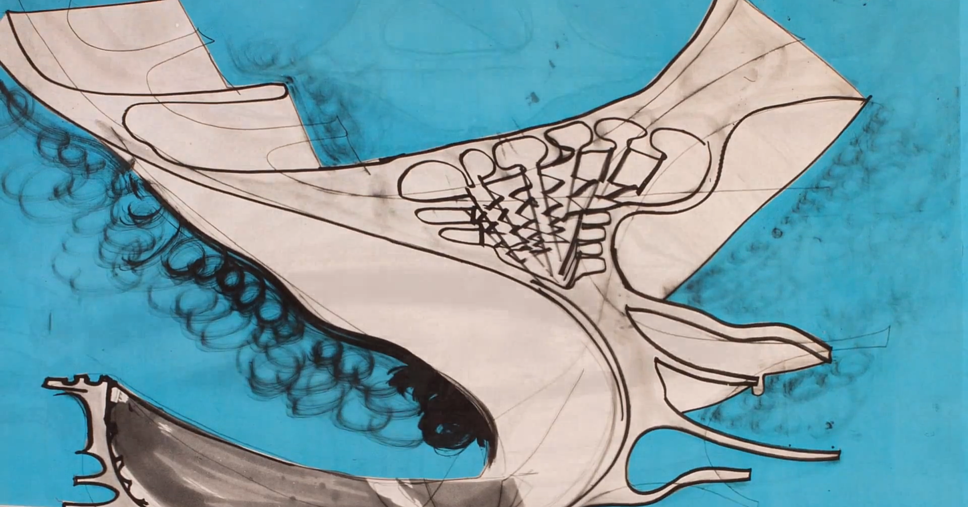Luigi Pellegrin: Visionary of Architecture
In 1930, Luigi Pellegrin’s father is working on the Buon Pastore compound in Rome, the future seat of the Congregation of Our Lady of Charity of the Good Shepherd of Augiere. Pellegrin writes: “I was five years old when I entered Buon Pastore. I spent there the following five years, while the building grew up faster than me”. The compound is a huge baroque castle set on green hills sliding down towards the city; on the background, in the distance, Saint Peter’s dome. All around just green fields. Twenty years later, at the beginning of the 50s, Pellegrin starts his career as an architect. The war has just finished, reconstruction is starting and Pellegrin chooses the organic way. He takes root in Wright. In the first half of the 50s, he goes repeatedly to the United States. First in Louisiana where the experience in the practice of W. R. Burck will immediately oblige him to face the subject of school building. Then in Chicago. In the Art Institute, a woman shows him Louis Sullivan’s drawings. He will be struck by them and that vision will nourish all his research. During these stays he starts a deep investigation on the entire body of the “Chicago School”. In 1956 Pellegrin meets Wright who is in Rome as Bruno Zevi’s guest. He appreciates Wright’s capacity to “skip history and let archaic shapes reemerge”, but in Sullivan’s drawings - observed in the Art Institute of Chicago - he glimpsed something indefinite and clear at the same time. In those drawings, made of rigid and flowing geometries, Pellegrin sees chaos and cosmos, primordial impulses, coagulating fluxes of energy. A freeze-frame of the primordial soup.
In line with Soleri and Fuller’s approach, Pellegrin proposes interventions on planetary level. He imagines to locate the population in a overhead ring along the equator. “On our planet Earth the temperate zone is the most appropriate place to live in harmony with natural conditions”. In a vision which denies anthropocentrism, but not the role of man, Pellegrin proposes a new place for man on the planet. A place that leaves space also to others, to nature, to vegetation. Visions of a freed environment where the buildings are limited to dense hubs raised from the ground. Clearing the ground is the constant imperative: the place for man is above, in specialized macro branches connected through lines which contain energy fluxes. On the ground, nature regains its space; the artificial is limited to few, dense singular points. Changing perspective, jumping to the planet level, Pellegrin shows us how to face the theme of sustainability in a different, almost brave, way.
Luigi Pellegrin, 1925 – 2001
Text by Sergio Bianchi
In line with Soleri and Fuller’s approach, Pellegrin proposes interventions on planetary level. He imagines to locate the population in a overhead ring along the equator. “On our planet Earth the temperate zone is the most appropriate place to live in harmony with natural conditions”. In a vision which denies anthropocentrism, but not the role of man, Pellegrin proposes a new place for man on the planet. A place that leaves space also to others, to nature, to vegetation. Visions of a freed environment where the buildings are limited to dense hubs raised from the ground. Clearing the ground is the constant imperative: the place for man is above, in specialized macro branches connected through lines which contain energy fluxes. On the ground, nature regains its space; the artificial is limited to few, dense singular points. Changing perspective, jumping to the planet level, Pellegrin shows us how to face the theme of sustainability in a different, almost brave, way.
Luigi Pellegrin, 1925 – 2001
Text by Sergio Bianchi
Magazines
